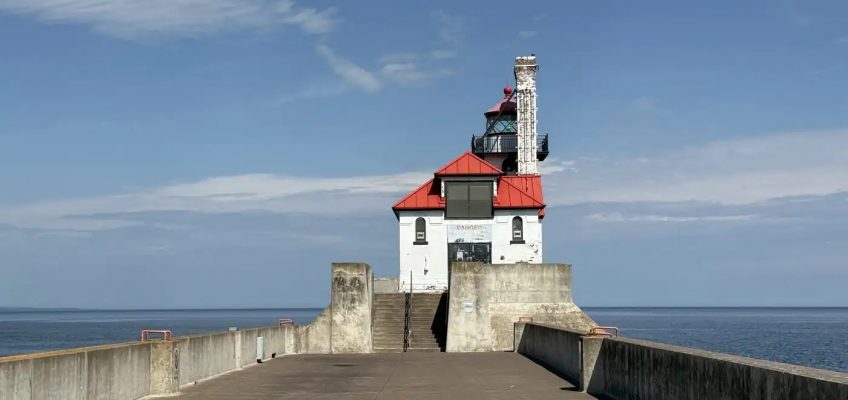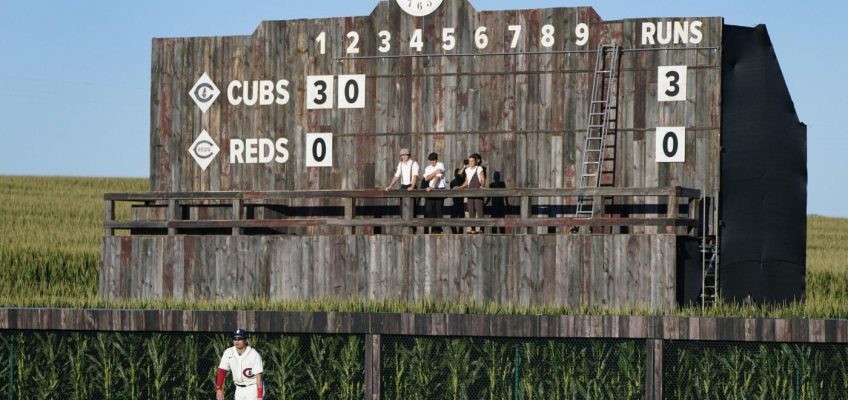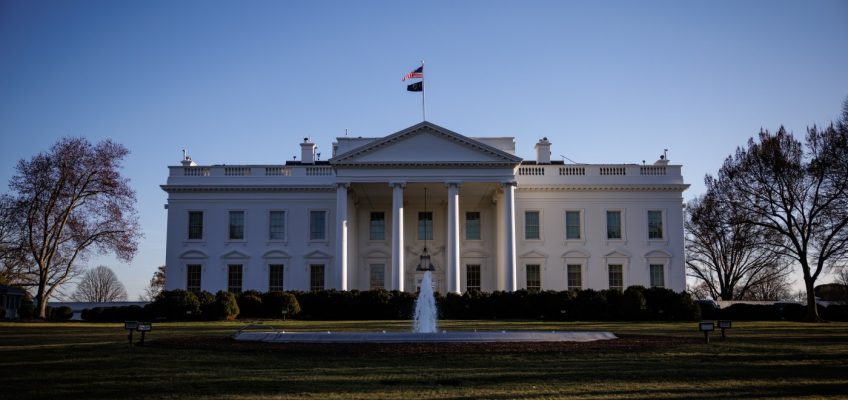President Donald Trump’s campaign promise of mass deportations may be coming closer to reality. Until June, deportations had lagged behind immigration arrests and detentions. By the first week of August, deportations reached nearly 1,500 people per day, according to the latest data, a pace not seen since the Obama administration.
With an infusion of cash from Trump’s domestic policy bill signed in July — an additional $76 billion that Immigration and Customs Enforcement can spend over a little more than four years — the agency appears poised to scale its operations even further.
At least 180,000 people have been deported by ICE under Trump so far. At the current higher pace, the agency is on track to deport more than 400,000 people in his first year in office, well more than the 271,000 people ICE removed in the year ending in September but still short of the administration’s stated goal of 1 million deportations a year.
ICE now uses about a dozen charter planes every day to conduct deportations and move detainees around the country, almost twice as many as in January, according to data collected by Tom Cartwright, an immigration activist who tracks ICE flights. In May, ICE modified its contract with CSI Aviation, its primary air charter company, to increase the number of flights per week. It has also resumed using a limited number of military planes.
ICE’s expanded operations have drawn nationwide protests, fierce backlash and an endless series of legal challenges. But officials have pressed forward with their aggressive tactics.
Not Just Criminals
Trump may be catching up to President Barack Obama, whom immigrant activists called the “deporter in chief,” but the nature of Trump’s immigration enforcement has been very different. The hundreds of thousands of people removed under Obama were mostly recent border-crossers, and ICE focused its arrests in the interior of the country on criminals.
In late May, Stephen Miller, a White House deputy chief of staff and a top immigration policy adviser, ordered ICE leaders to escalate arrests across the board, even if it meant broadening its focus beyond immigrants with a criminal record.
Since then, almost all of the increase in arrests has been of people without prior criminal convictions. Immigration arrests of people with a past violent criminal conviction increased to about 1,900 in June from about 1,100 in December. At the same time, arrests overall tripled to more than 28,000 and arrests of people with no past conviction or charges increased by almost 20 times.
But the summer surge experienced in much of the country did not last. Arrests peaked at an average of almost 1,200 per day in early June, but the pace has since fallen back to levels seen in April.
It is unclear why arrests dropped, but in Los Angeles, high-profile street arrests and raids triggered a backlash that led to protests and the deployment of the National Guard and the Marines.
In response to a lawsuit accusing ICE of illegal racial profiling, a federal court issued a temporary restraining order blocking the government from arresting someone based on their race or ethnicity and presence at a certain location. The Trump administration has appealed the order.
Between the start of the surge and the court order, ICE arrested more than 2,000 immigrants in the Los Angeles area who had no criminal records. A majority were from Mexico or Guatemala.
New York City also saw a spike in arrests of non-criminals this summer, many at immigration court and ICE check-ins, tactics that prompted their own backlash and lawsuit.
New Detention Centers
With 60,000 people now in custody, the Trump administration has stretched the capacity of the immigrant detention system, arresting more people and releasing far fewer on bond, parole or supervised release.
That’s a deliberate tactic to boost deportations, said Aaron Reichlin-Melnick, a senior fellow at the American Immigration Council, because people held in detention are more likely to have their cases end with a removal order and are also more likely to abandon their cases and agree to be deported.
The Laken Riley Act also expanded the types of immigrants whom ICE is required to keep in detention to include many who have been accused of low-level crimes, like shoplifting.
To hold them all, ICE has had to seek more and more detention space. In addition to holding more people at existing facilities, ICE has added at least 50 new detention centers since Trump took office Jan. 20. At the end of July, these facilities held more than 6,000 people.
Among the detention centers are Delaney Hall, a private facility run by the Geo Group in Newark, New Jersey; a tent facility in El Paso, Texas, that was formerly used by the U.S. Border Patrol; the Guantánamo Bay naval base; a reopened family detention center in Dilley, Texas; federal prisons in Atlanta, New York City, Miami and Philadelphia, and a large number of state and local jails and prisons.
More Funding
Because deporting people who are in the country unlawfully is logistically challenging, ICE will likely need to hire more agents not only to arrest people but also to ensure due process, said Blas Nuñez-Neto, who was a homeland security adviser to President Joe Biden. The agency will also need to procure more detention space to hold people for several weeks while their removal is arranged, he said, and contract for more aircraft for removal flights.
Flush with new money on top of its 2025 budget of $10 billion, ICE is preparing to spend to address each of those chokepoints. Tricia McLaughlin, a DHS spokesperson, said the new funding would go toward hiring 10,000 ICE agents and adding 80,000 new detention beds. Some $45 billion is designated for expanding detention, and $14 billion is set aside for transporting people out of the country.
ICE also intends to expand detention partnerships with state and local governments, like the one for the facility Florida has named “Alligator Alcatraz,” McLaughlin said.
—
About the Data
Data comes from Immigration and Customs Enforcement reports and data obtained through Freedom of Information Act requests by the Deportation Data Project, a repository of immigration enforcement data at the law school at the University of California, Berkeley.
Arrests in charts are administrative arrests — arrests in which ICE is seeking to deport rather than criminally prosecute the arrestees — that were conducted by the agency’s Enforcement and Removal Operations division and that led to a book-in to detention. The charts do not include criminal arrests, arrests by ICE’s Homeland Security Investigations division or arrests by Customs and Border Protection.
‘A fear pandemic’: Immigration raids push patients into telehealth
FACT FOCUS: Posts overestimate number of noncitizens living in US by tens of millions
Kilmar Abrego Garcia is freed from Tennessee jail so he can rejoin family in Maryland to await trial
A judge has ordered the Florida Everglades detention center to wind down operations. What happens now?
Body cam footage shows Milwaukee judge denying she hid an immigrant wanted by ICE
Deportations are removals and enforcement returns conducted by ICE.
For the chart of arrests by field office, the Los Angeles field office covers Los Angeles County and surrounding counties from San Luis Obispo to Riverside counties. The New York City field office covers the five boroughs, Long Island and the Hudson Valley. The Boston field office covers all six New England states. The Miami field office covers Florida, Puerto Rico and the U.S. Virgin Islands. The Chicago field office covers Illinois, Indiana, Kentucky, Missouri, Kansas and Wisconsin. The San Antonio field office covers central Texas spanning from near Del Rio to Austin.
This article originally appeared in The New York Times.




